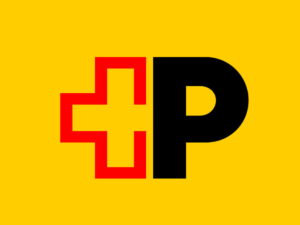The importance of hand washing for health
Over 80% of common infections are transmitted through the hands. Washing hands at least five times a day has been shown to significantly reduce the incidence of colds, COVID-19, influenza (flu) and other infections.
Hand washing is a simple but extremely effective measure to prevent the spread of disease and protect personal health. Our hands are constantly in contact with the environment, making them the main source of pathogen transmission. Microorganisms such as viruses, bacteria and fungi can accumulate on the hands and from there they can be transmitted to various surfaces and other people and even cause serious health problems.



